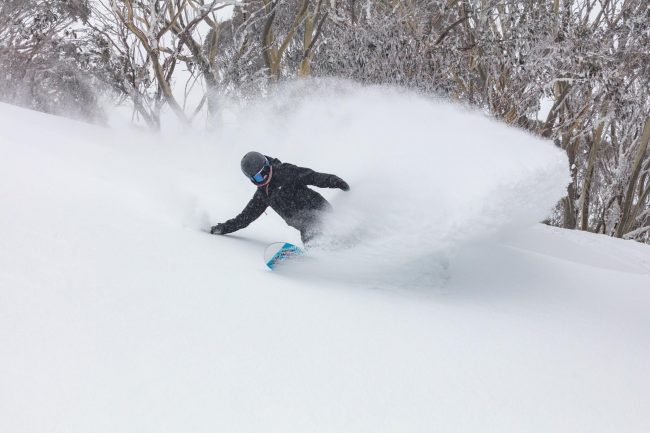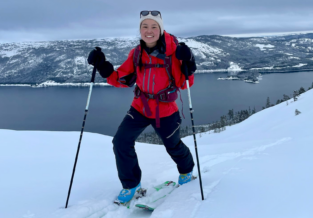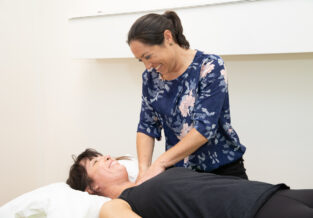Winter is coming..
Published on
16 Apr 2021

Call us on: (03) 9975 4133
Here is a good example of what can happen if you aren’t careful, the result of my very first day snowboarding and going for “one last run.”
As the days get shorter and the mercury begins to drop, many Victorians head for the hills in search of snowy white gold.
In preparation for the (hopefully) snowy months ahead it is important to undertake a well-structured training program in order to reduce the risk of injury and increase performance, so you get the most out of your frosty getaway. It doesn’t matter if you take to the board, skis or both, all snow sports require a large degree of muscle effort, balance and coordination. My background as a physiotherapist is rooted in treating with Clinical Pilates, so I’m big on the importance of body awareness, control and stability. Over the next 2 weeks I will be writing about the common injuries for each discipline and some specific training for each.
This week we’ll get into the gory stuff, which also happens to be the most common type of injury on the slopes. Most injuries sustained on the mountain are traumatic, unplanned and forceful mechanisms that most often result from falls.
Upper extremity injuries are more common in snowboarders than skiers. These include fractures and ligament injuries to the hand, wrist, forearm, elbow, humerus and shoulder. Fractures, AC joint injuries and shoulder dislocations are often the result of a fall with fractures being more common in beginners and AC joint injuries more common in advanced riders attempting tricks. Clavicular fractures are common in snow sports especially among those that frequent the park section.
Wrist injuries are more common in snowboarders than skiers however both groups suffer after falling onto an outstretched hand. This mechanism is often the cause of distal radius fractures.
Skier’s thumb is an injury termed (no surprise) because it is commonly seen in skiers much like tennis elbow amongst tennis players. Typically caused by using a hand to break a fall while still holding a ski pole, the thumb is forced into a position that damages the ulnar collateral ligament of the thumb.
Lower body injuries are more common in skiing due to the equipment used. The most common skiing injuries are ligamentous injuries of the knee. Knee flexion and rotation is the most common cause of ACL injuries and can also affect the collateral ligaments and menisci of the knee. Snowboarders don’t have the same torsional forces to contend with and are therefore at less risk of knee ligament injuries. The risk increases in both groups when attempting jumps and tricks.
Both groups see fractures to their tibia from hard landings and mid tibia and fibula “boot top” fractures. Ankle sprains and metatarsal fractures are more common in snowboarders, likely due to softer boots and hard landings if attempting jumps.
Of course, there are injuries that do occur to the head and face, spine, chest wall, abdomen and pelvis as well as environmental injuries such as hypothermia. These can all be life threatening and while thankfully less common, care should always be taken to avoid head trauma – it is the leading cause of death in snow sports. The take-away here is, stay on your feet and wear a helmet!
Next week we will look at how you can train to better stay upright.


